In 2014, Simon Winder made a fully electro-mechanical square root calculator :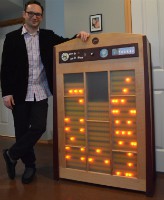
The number input uses a rotary phone dial. Then recently I found an oooold phone in the recycling zone :
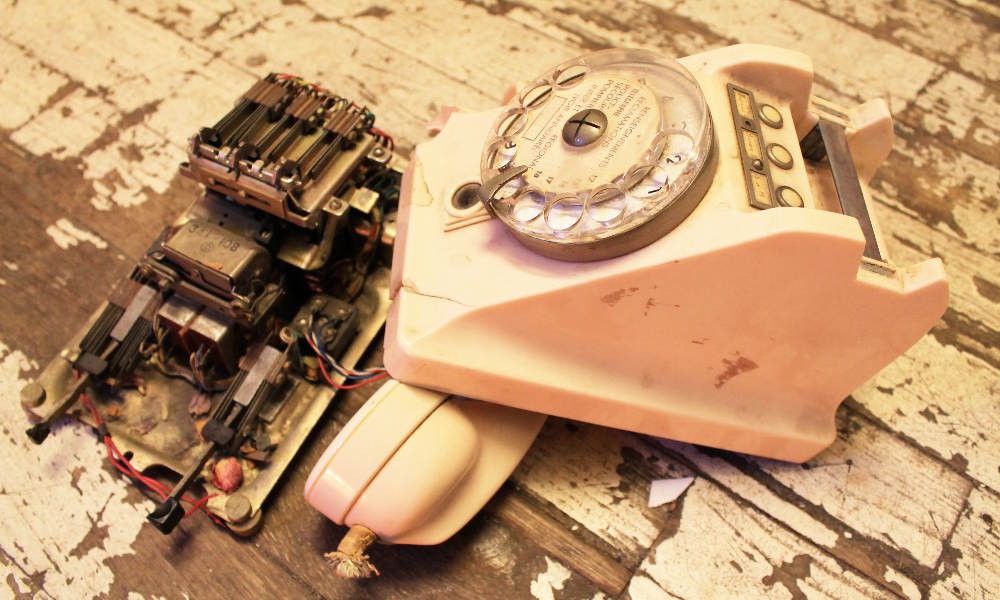
Unfortunately the poor puppy is FUBAR and the dial isn't reliable... So off to eBay and for 16€ I get a cheap Ericsson-made French model ("SOCOTEL n°24" ?) from about 1978 it seems. Here is how it looks under the hood:
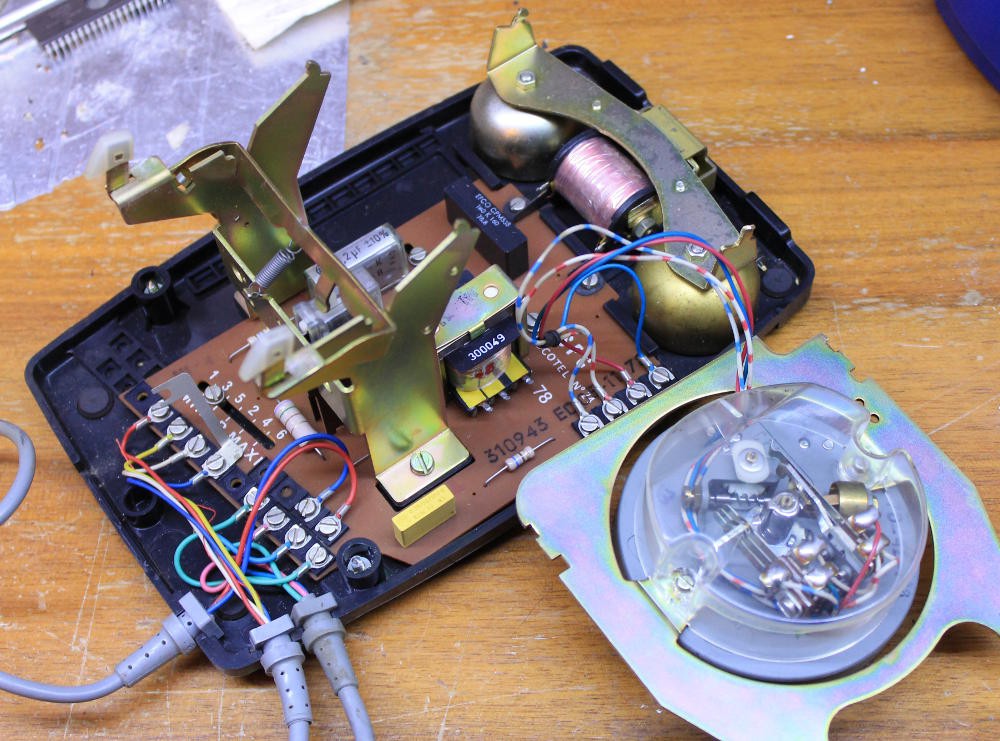
Apart from the cut cord, the whole thing looks well preserved, in working order, easily serviceable, and provides a powerful ring system in addition to the dial !
Today I want to use that type of interface for some of my projects :-) The principles are explained in a bunch of videos and pages, such as :
or Wikipedia :
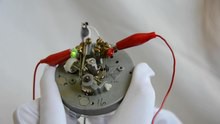
So the principle is very simple, with 2 contacts to manage :
- The pulse contact that sends the "10PPS" signal : that's 10Hz, 100ms per period and about 50ms pulse length
- The "active" contact that signals a number is being dialed.
Easy, right ?
But there are a few subtleties to get right before going further.
 Yann Guidon / YGDES
Yann Guidon / YGDES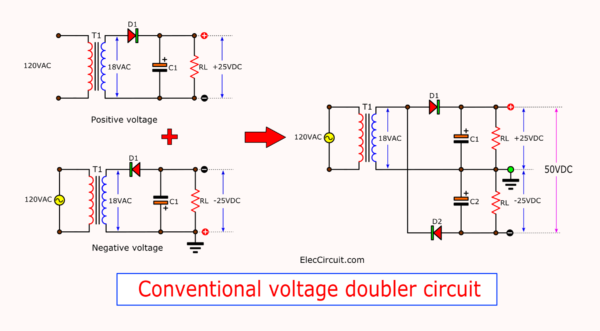
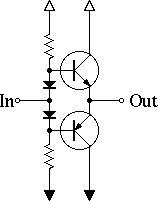
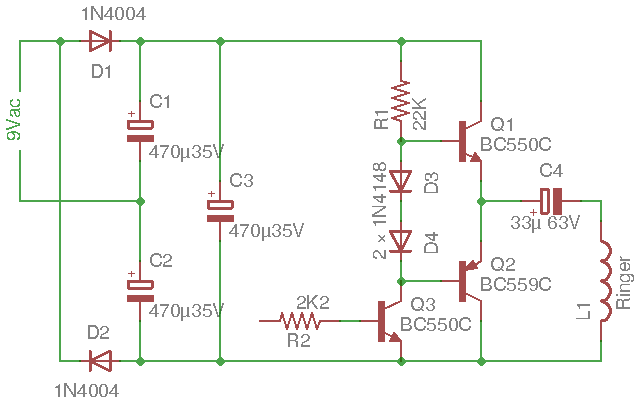
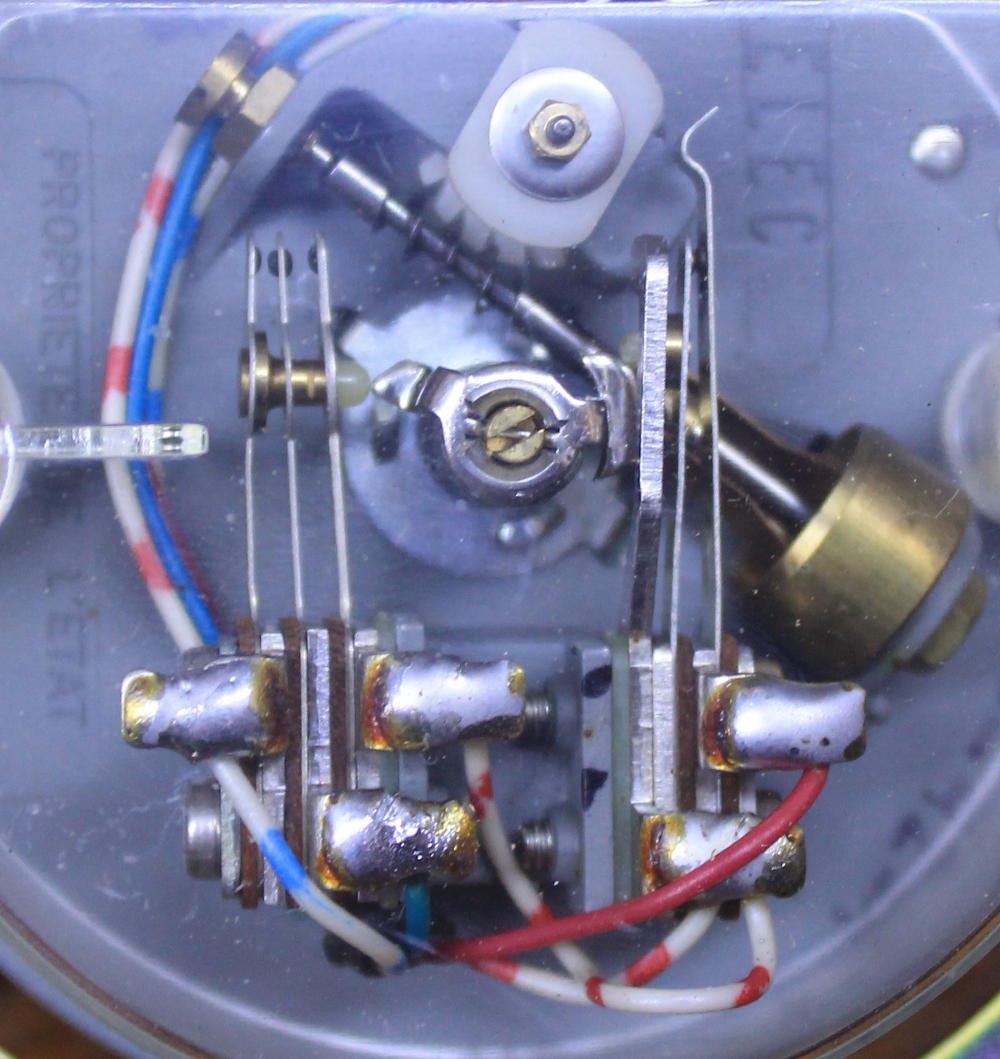 There are two parts:
There are two parts: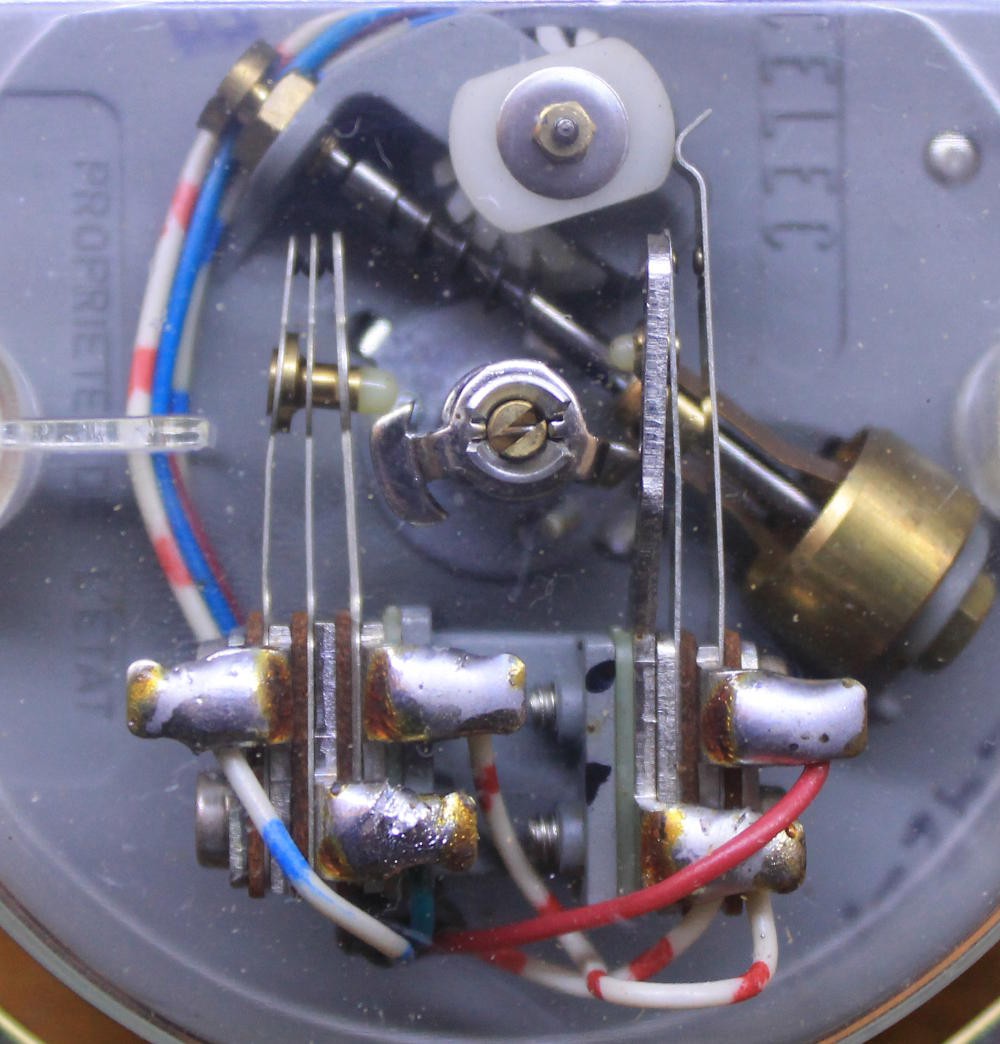


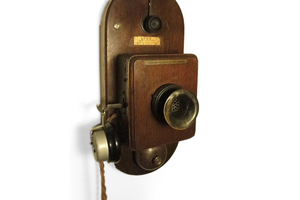
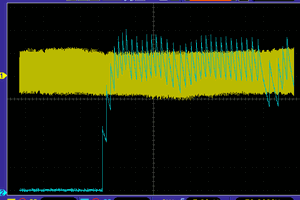
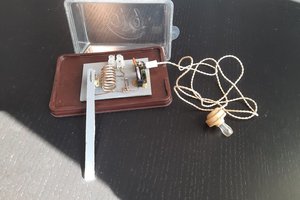
 Andrea Console
Andrea Console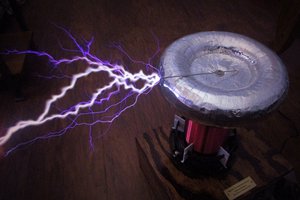
 Zach Armstrong
Zach Armstrong
I used to love fooling around with old telephones. Those things were built like tanks! Glad you're keeping the flame alive, as it were.